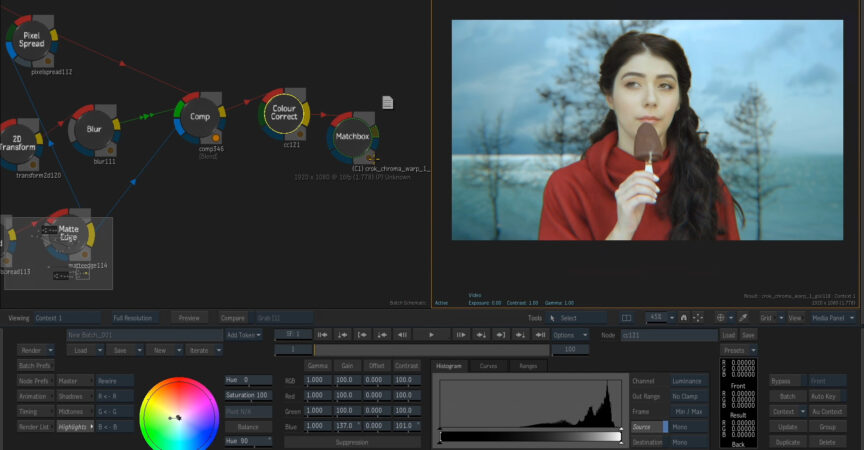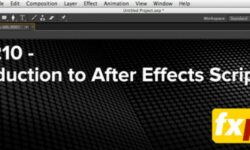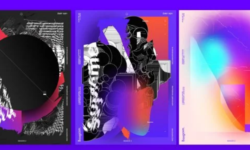FLM217 High End Chroma Keying in Flame pt 1
Release date:2019, May
Duration:03 h 19 m
Author:Mihran Stepanyan
Skill level:Beginner
Language:English
Exercise files:Yes
Mihran Stepanyan, a recipient of the prestigious 2017 Flame Award, leads the first part of this course, which focuses on a crucial aspect: high-end chroma keying in feature films and commercials. The course delves into the fundamental principles of light, color, and channel separation—a bedrock of traditional film keying. It then seamlessly transitions into the practical application of this knowledge within the digital realm.
A key component covered in this course is the creation of a clean plate, alongside exploring image-based keying concepts for high-end keying practices. The curriculum includes essential techniques for keying highly compressed media files, like 4:2:0 chroma sampled video, offering insights into eliminating artifact blocks while preserving intricate details like hair. Additionally, participants will discover how to effectively handle native Red RAW files and leverage tools like the Neat Video denoiser for achieving impeccable results.
Mihran Stepanyan boasts over 17 years of expertise in the film and media industry, coupled with seven years of experience utilizing Flame software. His notable achievements include being the recipient of the Flame Award in 2017. As the owner and founder of One Man Studio Production, Mihran brings a wealth of practical experience and expertise to the course.
It seems like you’ve laid out a comprehensive course structure focusing on color theory, light manipulation, and advanced techniques in chroma keying. Here’s a summary of each class:
Class 1: Theory Delve into the theory of color and light, understanding how to separate and manipulate different channels of light for effective composition.
Class 2: Keying Compressed Media Learn techniques to enhance the quality of highly compressed media, optimizing keying processes to preserve maximum detail. Utilize tools like Neat Video for impeccable chroma keying.
Class 3: Clean Plate & Compressed Media Master the creation of a simple clean plate and explore keying and compositing methods specifically tailored for highly compressed media.
Class 4: Additive Keying, Part 1 Understand the creation of an alternative clean plate and its role in additive keying techniques within the compositing process.
Class 5: Additive Keying, Part 2 Further explore additive keying techniques, continuing the discussion and practical application from the previous class.
Class 6: 3D Environment & Keying, Part 1 Learn to integrate keying and compositing processes within a 3D environment, incorporating camera movements for enhanced visual effects.
Class 7: 3D Environment & Keying, Part 2 Continue exploring keying and compositing within a 3D environment, further examining camera movements and their impact on the final composition.
It appears you’ve structured the course to provide a comprehensive understanding of keying techniques, manipulation of light channels, and the integration of 3D environments within the compositing process. Students are likely to gain practical insights and skills applicable across various media production scenarios.





 Channel
Channel





